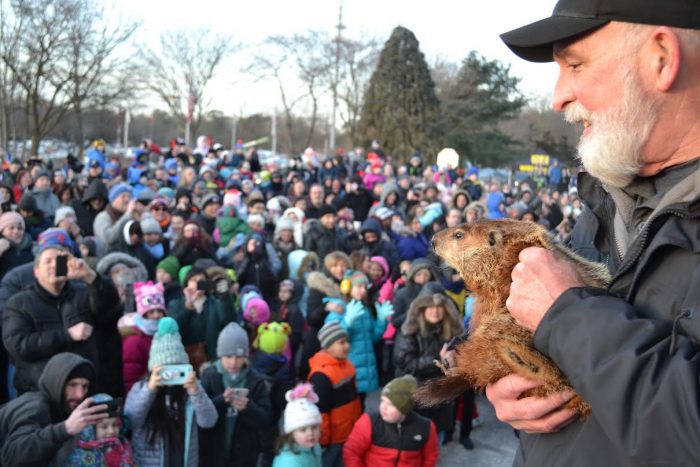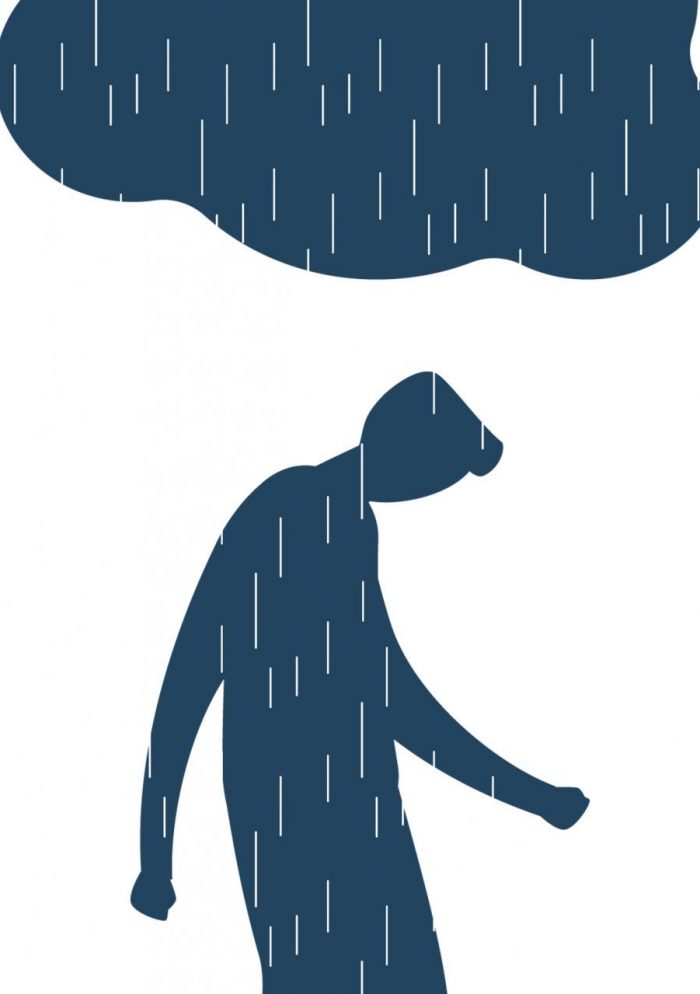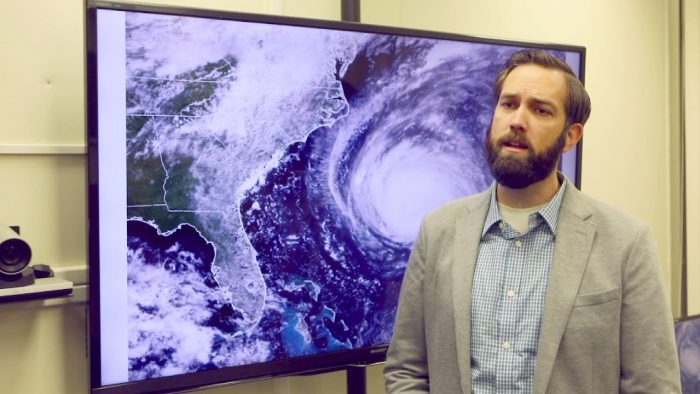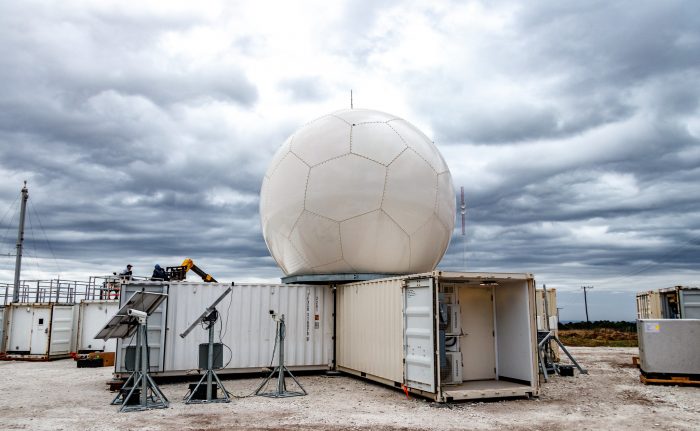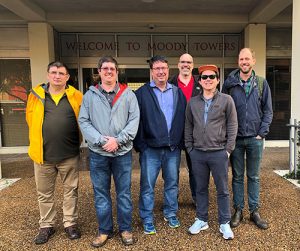By Heidi Sutton
Meteorologists continue to track a tropical storm that will strike the East Coast on Saturday, unleashing a weekend washout with the potential for flooding rain, strong winds, storm surge and dangerous seas for Long Island. The blustery conditions will continue even after the heaviest of the rain departs late Saturday. Frequent gusts of 20 to 30-plus mph will continue all the way through Sunday night.
With the bad weather come cancellations and postponements for local events on the North Shore. Here are most recent updates:
Saturday Sept. 23
Great Cow Harbor Weekend – This event is still on.
Village of Northport’s annual Great Cow Harbor Weekend kicks off today at 8:30 a.m. with a 10K race followed by a concert and lighted boat display at Northport Village Park at 8 p.m. The festivities continue on Sept. 24 from 11 a.m. to 5 p.m. Main Street is closed to cars as visitors enjoy rides, games, food, music, arts and craft vendors, sidewalk sales and a parade at noon. 631-261-7502, www.cowharbor.org
Harbor Jazz Festival – This event will be moved inside The Jazz Loft in the case of rain.
Jazz lovers are invited to attend the 8th annual Harbor Jazz Festival at The Jazz Loft, 275 Christian Ave., Stony Brook tonight through Sept. 23. Each day brings a line-up of jazz greats, including some of the top internationally and nationally recognized talents. All events on Sept. 23 are free and take place on the front lawn of the Jazz Loft and on the Stony Brook Village Green. 631-751-1895, www.thejazzloft.org
Fall Yard Sale – This event has been postponed to Sept. 30 with a rain date of Oct. 1.
Join the Yaphank Historical Society for its annual Fall Yard sale from 9 a.m. to 4 p.m. on the grounds of the Hawkins House, 4 Yaphank Avenue, Yaphank. Featuring a large variety of crafts, collectibles, and household items. Rain date is Sept. 24. 631-924-4803, www.yaphankhistorical.org.
Port Jefferson Hill Climb – This event has been postponed to Sept. 30.
The Port Jefferson Conservancy will host a re-enactment of the 1910 Hill Climb from 10 a.m. to 2 p.m. Come cheer on antique cars as they retrace the original Hill Climb course from the Port Jefferson Village Center, 101-A E. Broadway, Port Jefferson to the top of East Broadway followed by a car parade through the village. Gates open at 8 a.m. Rain date is Sept. 30. 631-238-2290, portjeff.com
Brookhaven Country Fair – This event has been canceled due to the weather forecast.
The Town of Brookhaven’s Country Fair returns to the historic Longwood Estate located on Longwood Road and Smith Road in Ridge today and Sept. 24 from 10 a.m. to 5 p.m. Enjoy traditional crafts, vendors, colonial cooking, Revolutionary War and Civil War re-enactments, music by the Ed Travers Band, pet shows, vintage apron show, house tours, and children’s activities. Leashed dogs permitted. Held rain or shine. Admission is $5, children 12 and under free. 631-924-1820, www.brookhavenny.gov
Community Wide Yard Sale – This event has been postponed to Sept. 30.
Sound Beach Civic Association hosts its 3rd annual Community Wide Yard Sale as well as the second yearly coat drive at the Adopt-A-Spot, 30 New York Ave., Sound Beach from 10 a.m. to 4 p.m. Over a dozen households are participating. Stop by to find a hidden treasure and share the warmth with those less fortunate. The Sound Beach Fire Dept. will bring an engine/ambulance and set up a recruitment table as well as have raffle tickets and challenge coins you can buy. Rain date is Sept. 30. 631-744-6952.
Library Craft Fair – This event has been moved indoors to Community Rooms A & B on the lower level.
Sachem Public Library, 150 Holbrook Road, Holbrook will hold a craft fair from 10:30 a.m. to 2:30 p.m. Stop by and peruse handmade crafts and specialty items. 631-588-5024
Gallery North Outdoor Art Show – This event will be held rain or shine.
Gallery North, 90 North Country Road, Setauket presents its 57th annual Outdoor Art Show & Music Festival today and Sept. 24 from 10 a.m. to 5 p.m. Featuring some of the finest art and craft from regional artists and artisans, the event will also include live musical performances, kids activities, as well as delicious food vendors. Awards are granted for best in show for each category, including crafts, fiber art, glass art, jewelry, painting, photography, pottery, printmaking, and more. Free admission. 631-751-2676, www.gallerynorth.org
Happy Harbor Day – This event has been postponed to Sept. 30.
The Village of Nissequogue and The Friends of Stony Brook Harbor will host Happy Harbor Day to raise awareness of Stony Brook Harbor from 11 a.m. to 3 p.m. at 555 Long Beach in Nissequogue. The day will include presentations by environmental and marine science experts, an aquarium touch tank, carnival games, music, art contest and more. Free admission. 631-862-7400
CommUniversity Day – This event has been postponed to a later date.
Enjoy a festival of fun and discovery for all ages at Stony Brook University’s annual CommUniversity Day at the Academic Mall from noon to 4 p.m. with health screenings, Teddy Bear Clinic, fun crafts, duck race, food court, community art projects, giveaways and much more. Free admission. Held rain or shine. www.stonybrook.edu/CommUniversity
Draw Out! Arts Festival – This event will be moved indoors in case of rain.
Join the Heckscher Museum of Art, 2 Prime Ave., Huntington for its annual Draw Out! Community Arts Festival, a day of creativity, art, music, and family fun for all ages, from noon to 5 p.m. Enjoy watercolor painting in scenic Heckscher Park, create a collage and sketch from a live model, enjoy live music on the terrace by Jason Dorsa and traditional songs and dances by the boys & Girls Club of the Shinnecock Nation and take part in a docent-led tour of the museum’s latest exhibits. Free. No reservations required. 631-380-3230, www.heckscher.org
BEE Amazing! event – This event has been canceled.
Starflower Experiences presents BEE Amazing!, a celebration of bees at Manor Farm, 210 Manor Road, Huntington from 1 to 5 p.m. Learn about bees and native plants and help plant a pollinator garden with games, crafts, vendors and a costume contest. $5 per person. Rain date is Sept. 24. 631-213-1927
Sunday Sept. 24
Great Cow Harbor Weekend – This event is still on.
See Sept. 23 listing.
Brookhaven Country Fair – This event is canceled.
See Sept. 23 listing.
Gallery North Outdoor Art Show – This event will be held rain or shine.
See Sept. 23 listing.
Lions Club Car Show – Postponed to Oct. 1
The Port Jefferson Lions Club invites the community to its 2nd annual judged Car Show at Brookhaven Town Hall, 1 Independence Hill, Farmingville from 9 a.m. to 3 p.m. Presented by The Fabulous 50s & 60s Nostalgia Car Club, the event will feature food, music, raffles and vendors with over 14 trophy classes plus a special people’s choice trophy decided by YOUR vote. Proceeds will sponsor a guide dog for the blind. Rain date is Oct. 1. 631-680-7212
Heritage Country Fair – Postponed to October 8
The Smithtown Historical Society, 211 E. Main St., Smithtown will hold its annual Heritage Country Fair from noon to 4 p.m. with Island Long Riders Cowboy Mounted Shooting displays, petting zoo and pony rides, live music, historical reenactions, blacksmithing, spinning and other demonstrations, a vendor market, touch a truck and so much more. Tickets are $5 per person. Held rain or shine. 631-265-6768.
See more calendar events here.

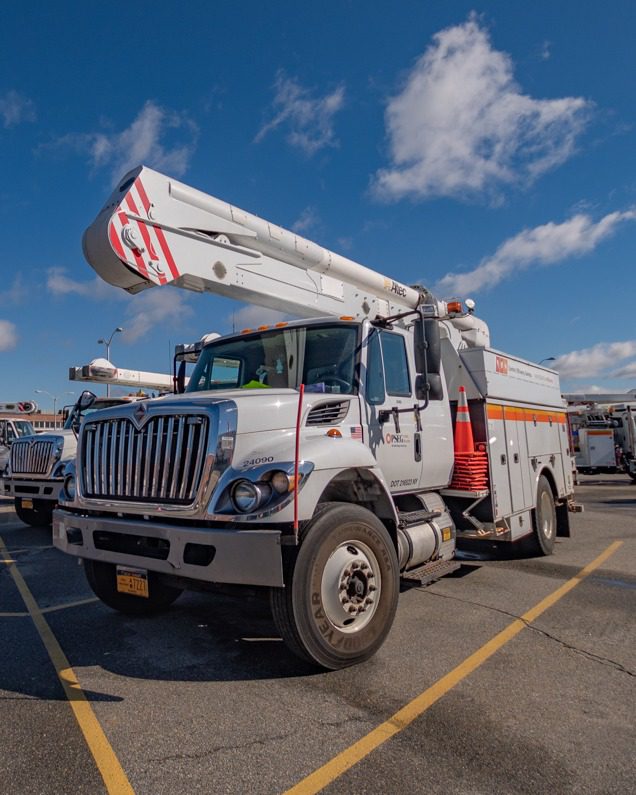


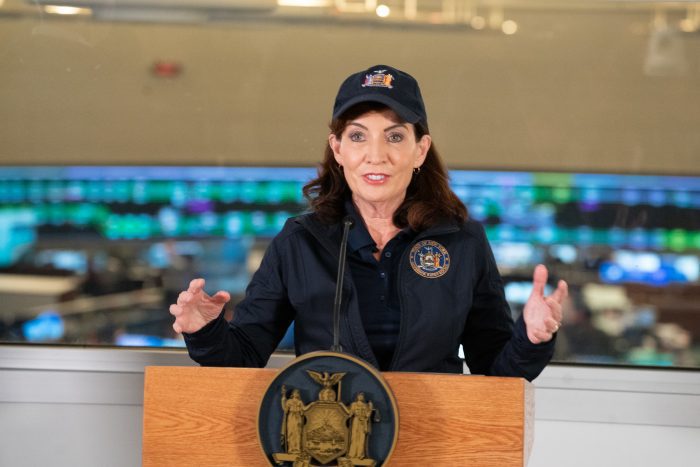
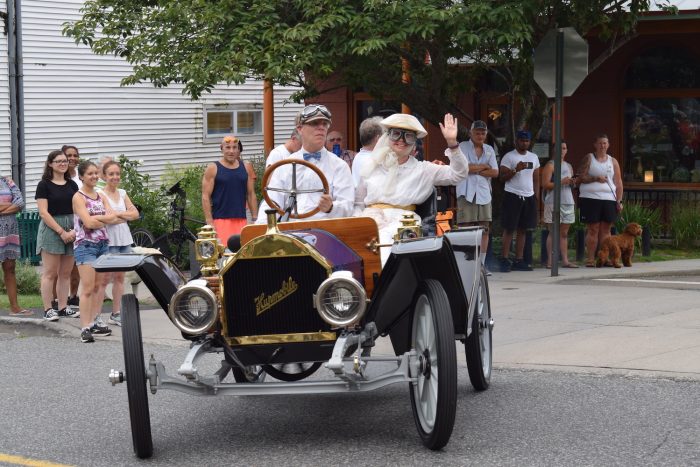
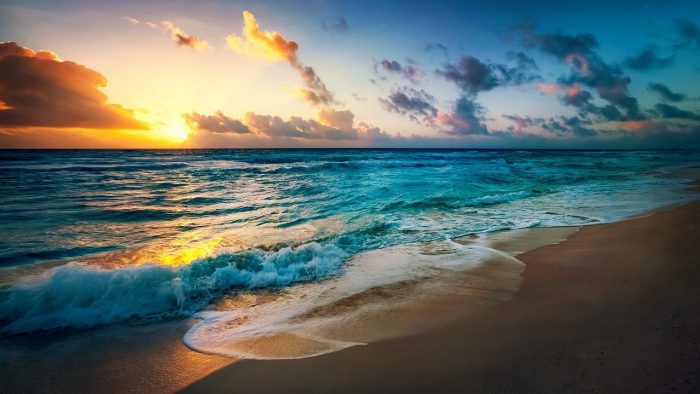
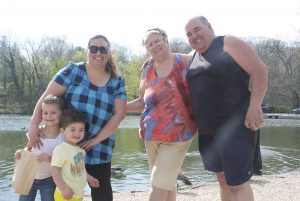
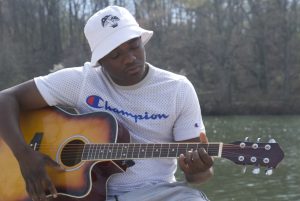 Eddie McGee, South Setauket
Eddie McGee, South Setauket Christine Burkhardt and anonymous friend,
Christine Burkhardt and anonymous friend, Lawrence and Debra Batton, Middle Island
Lawrence and Debra Batton, Middle Island